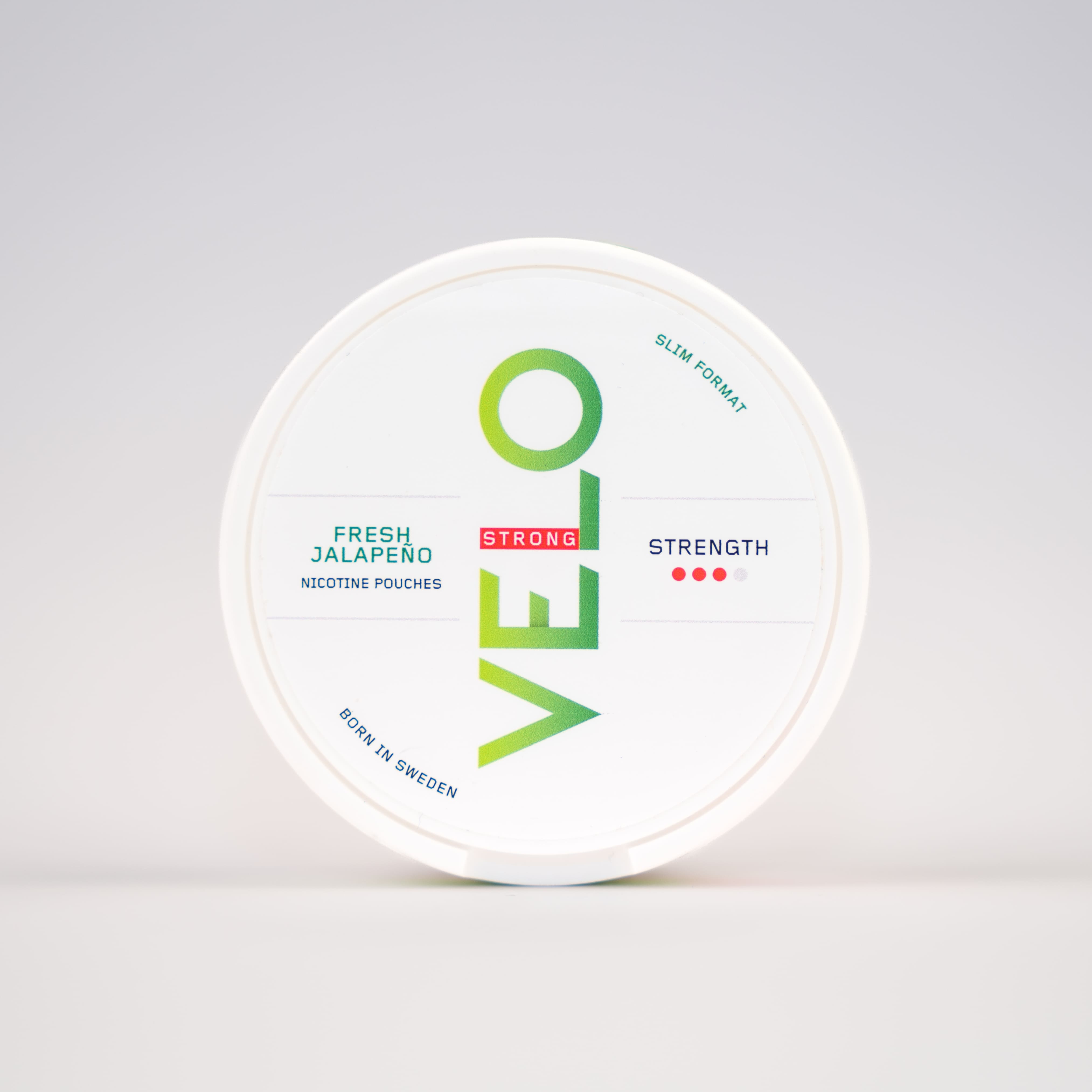What is Nicotine? The Ultimate Guide

Understanding Nicotine And Its Effects – Nicotine Guide, Nicotine Pouches, What Is Nicotine
Nicotine is a naturally occurring alkaloid found in the tobacco plant and several other members of the nightshade family. As a key ingredient in many tobacco products, it has garnered both attention and concern due to its stimulating effects and potential for addiction. In its pure form, nicotine is a colorless liquid that can be toxic in high doses. When consumed, it quickly enters the bloodstream, reaching the brain within seconds. Here, it binds to nicotinic acetylcholine receptors, leading to the release of neurotransmitters like dopamine. This release is what creates the pleasurable sensations often associated with nicotine use, making it appealing to many users. Understanding nicotine’s effects is crucial for evaluating its role in both recreational tobacco use and smoking cessation strategies. While it delivers a temporary feeling of relaxation and heightened alertness, repeated use can lead to increased tolerance, requiring users to consume more to achieve the desired effects. This cycle of use can quickly lead to dependence, causing withdrawal symptoms like irritability, anxiety, and cravings when nicotine is not consumed. While traditional tobacco products, like cigarettes, have negative health impacts primarily due to tar and other harmful substances, nicotine itself has been shown to have both positive and negative physiological effects. Research suggests that it can enhance memory, focus, and cognitive function, which many users may find beneficial. However, the addictive nature of nicotine means that users often find it difficult to quit even when they are aware of the health risks associated with prolonged use. As the public becomes more aware of these complexities, alternatives like nicotine pouches have emerged as popular options. These pouches deliver nicotine without the combustion processes associated with smoking. By understanding nicotine better through resources such as our nicotine guide, users can make informed choices about their tobacco consumption and explore safer alternatives.
Public Becomes Complexities, Alternatives Nicotine
Exploring Addiction and Dependence Nicotine’s addictive properties stem from its ability to stimulate the reward pathway in the brain. When nicotine is inhaled, chewed, or absorbed through the skin, the rapid delivery to the brain results in a quick release of dopamine, reinforcing the behavior that provided that reward. This can create a psychological link between consumption and pleasure, encouraging repeated use. Moreover, the social and environmental cues surrounding nicotine use can further entrench dependency. Factors such as peer influence, stress, and habit-forming rituals present in smoking or other nicotine consumption traditions strongly contribute to maintaining addiction. Consequently, successfully quitting nicotine often requires not just physical withdrawal management but also addressing behavioral patterns and environmental triggers. The impact of nicotine varies among individuals. Genetics play a significant role in how people experience its effects and how easily they can quit. Some individuals may have a genetic predisposition that makes them more susceptible to nicotine addiction, while others may find it easier to manage cravings. Withdrawal symptoms can be a major barrier to quitting. Users might experience difficulty concentrating, mood swings, increased appetite, and sleep disturbances. Understanding these challenges is essential for anyone looking to break free from nicotine dependency. It is important for users to seek support from health professionals or cessation programs that can provide guidance, resources, and tools for long-term success. Nicotine Effects on Health The health implications of nicotine use are complex. While nicotine itself is less harmful than many of the thousands of other chemicals found in traditional tobacco smoke, it is not without concerns. Research indicates that nicotine can contribute to increased heart rate, elevated blood pressure, and potential cardiovascular issues over prolonged use. Moreover, concerns have been raised regarding nicotine’s potential to promote the growth of certain types of tumors, highlighting the need for careful consideration when using nicotine-containing products.
Health Implications Nicotine Complex. Nicotine
Additionally, nicotine may affect brain development in adolescents, who are particularly vulnerable to its effects. Young individuals who use nicotine are at higher risk for developing addiction and may experience changes in brain structure and function. This underscores the importance of educating young people on the risks associated with nicotine use, especially given the rising popularity of vaping and other nicotine alternatives among younger demographics. Despite these risks, many individuals view nicotine as a means of stress relief or focus enhancement. This dual nature of nicotine—its potential benefits versus its hazards—presents a complex landscape for users trying to navigate their preferences and choices. Understanding these dynamics is key to developing a balanced view of nicotine’s role in society and its potential impacts on individual health. Options for Nicotine Delivery As public awareness of nicotine’s properties has grown, so has the market for various nicotine delivery systems. Beyond traditional cigarettes and cigars, users now have access to a myriad of options, including nicotine pouches, e-cigarettes, and even transdermal patches. Each method has its unique characteristics, advantages, and disadvantages. Nicotine pouches, for example, are a tobacco-free option that delivers nicotine without the inhalation of smoke. This method allows users to bypass some harmful effects associated with smoking while still enjoying the stimulant properties of nicotine. They are discreet, easy to use, and come in various flavors, appealing to a wide audience. However, they still carry the risk of addiction, and users should approach them with caution. E-cigarettes and vaping have gained tremendous popularity as alternatives to traditional smoking. Many users perceive these devices as a less harmful way to consume nicotine. While e-cigarettes do reduce exposure to certain harmful substances found in cigarette smoke, they are not risk-free and can still lead to nicotine addiction, particularly among younger users. Transdermal patches and nicotine replacement therapies offer a different approach by providing controlled doses of nicotine to help users manage cravings while quitting. These tools can be immensely helpful in smoking cessation programs, allowing users to focus on breaking the behavioral habits associated with smoking.
Transdermal Patches Nicotine Replacement Therapies
Informed Decision-Making in Nicotine Use Understanding what is nicotine and its various effects is vital for anyone contemplating its use or seeking to quit. The journey to navigate nicotine dependency can be challenging, but armed with knowledge and resources, individuals can make informed decisions that align with their health goals. Moreover, as discussions around nicotine continue to evolve, public perception is also shifting. Many health organizations are recognizing the need for comprehensive education regarding nicotine and its impact on health. Through responsible messaging and access to accurate information, communities can work towards reducing the stigma surrounding nicotine use while promoting healthier alternatives. As more research emerges on the complexities of nicotine and its effects, users will benefit from staying informed. Information surrounding nicotine pouches, e-cigarettes, and other delivery methods is continually evolving, making it essential for individuals to keep pace with new findings and recommendations. Continuous education will empower users to make choices that prioritize their well-being. Navigating the Future of Nicotine Use The conversation around nicotine is increasingly relevant in today’s society. With the rise of vaping and tobacco harm reduction strategies, understanding nicotine’s role in these discussions is vital for public health. It is essential to advocate for evidence-based policies that reflect our understanding of nicotine, addiction, and health impacts. Healthcare professionals have a crucial role to play in guiding individuals through nicotine dependency and cessation. Offering support, resources, and tailored advice can make a significant difference for those looking to quit or reduce their nicotine intake. As we continue to investigate the multifaceted nature of nicotine, ongoing research will be key in shaping future approaches to nicotine use and public health policy. Understanding what is nicotine, its effects, and the available alternatives can provide clarity in this complex landscape. Ultimately, whether users choose to consume nicotine or seek to quit, informed choices are the best way to navigate the intricate relationship between nicotine, health, and lifestyle.
Continue Investigate Multifaceted Nature Nicotine,
In conclusion, the ultimate guide to nicotine should leave readers with a comprehensive understanding of this powerful substance. By delving into its effects, mechanisms of action, and various delivery methods, individuals can better appreciate their choices regarding tobacco and nicotine products. As the landscape changes, staying informed will empower users to make healthier, more beneficial decisions regarding their nicotine consumption.

Photo by Vadim Bogulov on Unsplash
Key Statistics
Nicotine is a powerful alkaloid found primarily in tobacco plants, renowned for its stimulating effects. The popularity of nicotine pouches has surged in recent years, with a growing number of users seeking an alternative to traditional smoking and vaping. Recent statistics reveal alarming trends in nicotine consumption, particularly among younger demographics. In 2022, it was estimated that approximately 15% of adolescents aged 12-17 experimented with nicotine products, highlighting a significant public health concern.
| Year | Percentage of Adolescents Using Nicotine Products | Percentage of Users Preferring Pouches | Average Nicotine Content (mg per pouch) | Total Users (millions) |
|---|---|---|---|---|
| 2020 | 10% | 35% | 4 | 3.5 |
| 2021 | 12% | 40% | 6 | 4.1 |
| 2022 | 15% | 45% | 8 | 5.0 |
| 2023 | 17% | 50% | 10 | 5.0 |










